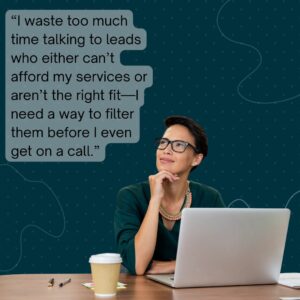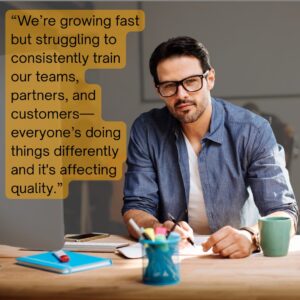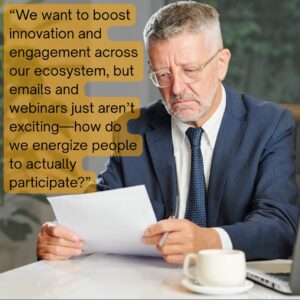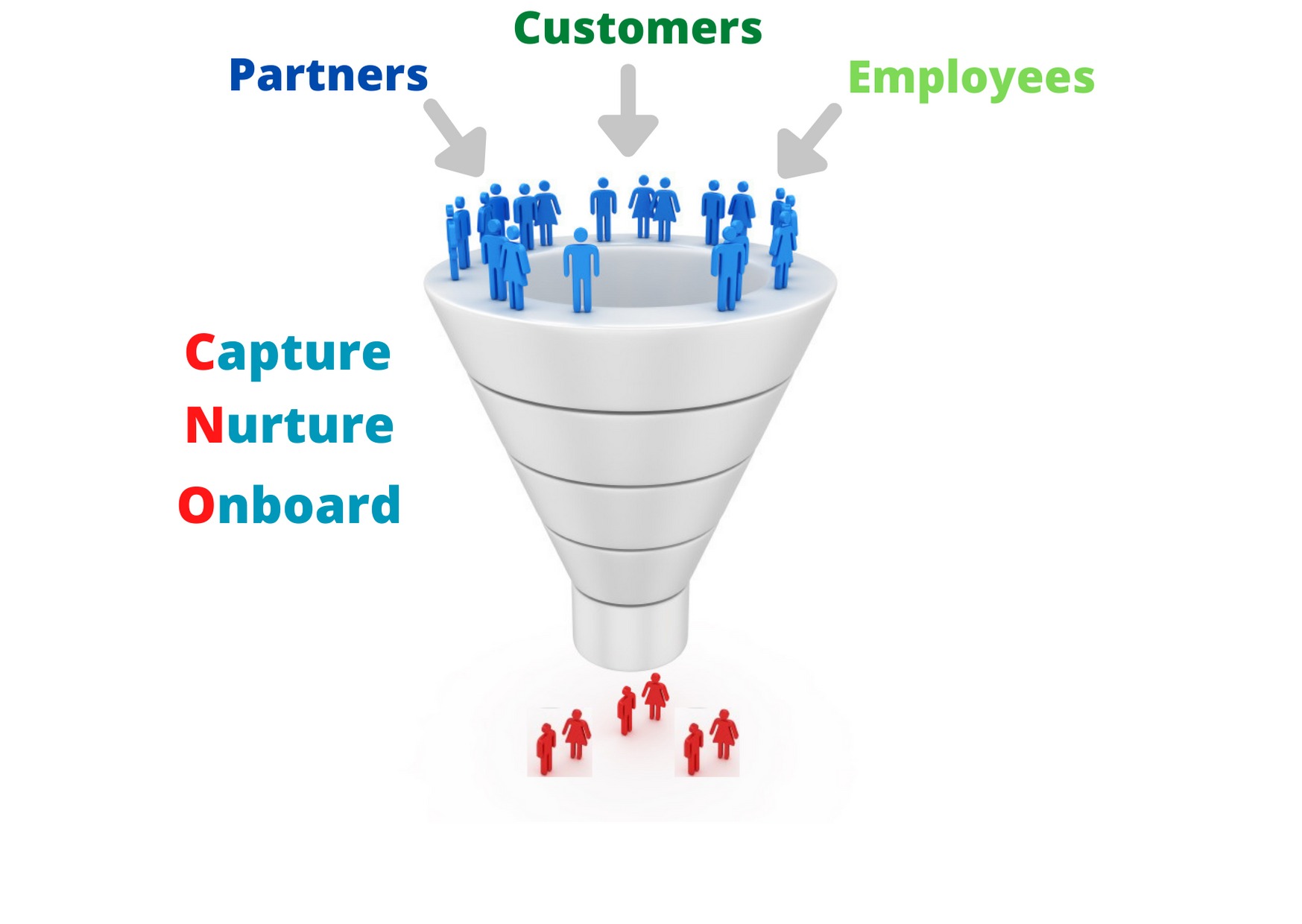
Welcome !
The third step to scaling up your business is “Onboarding”. It is all about onboarding the converted leads from the second step, at scale, that too, on a budget. Let’s apply our Scaling Up Framework to the Customers as a stakeholder.
Customer Onboarding using the Scaling Up Framework :
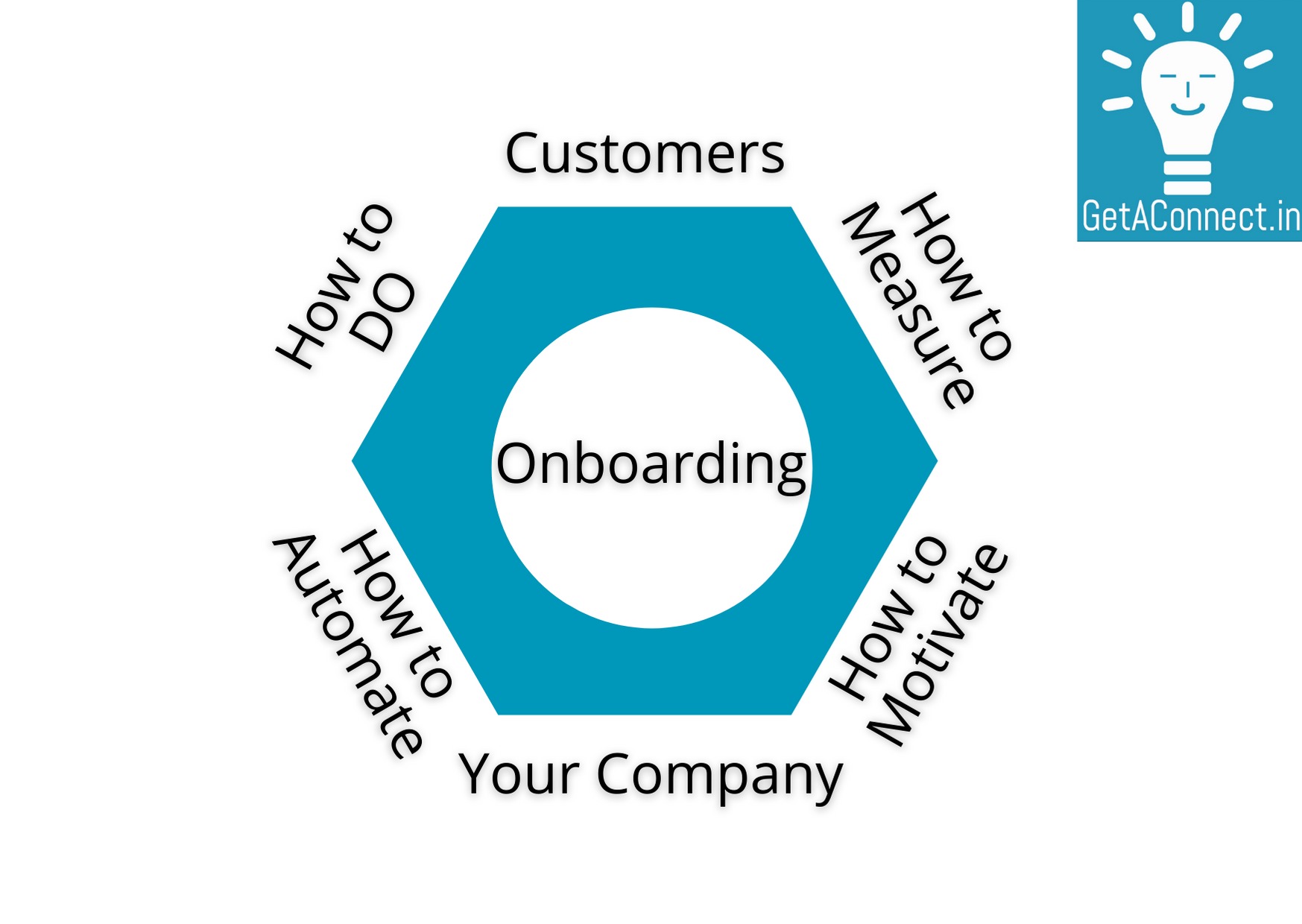
Task at Hand :
Customer Onboarding : Onboard customers after they have bought your product/service.
For Whom :
In this case, the customer has already bought your product or service. But only buying is NOT enough. They should USE your product/service extensively. Many times, you have to spoon feed your customers. Show them ‘how to use’ your product/service, so that they get familiar with it and eventually stick to it.
Hence, the most important requirement here is to create simple, easily accessible and visually appealing content about ‘how to use’ your product. It should be in your customers language as well.
Look at Product Manuals around. They are so boring that they directly go to dustbin as and when are received by the customers. You content definitely should not be like that.
By Whom :
Find out which functions in your organization who are responsible for customer onboarding. Make sure that they are communicating with each other. e.g. Now you have sold out your product and all your sales, marketing, product, support teams must work in tandem to make and keep customer happy.
Collaboration in all of these customer facing functions, is a MUST. Sometimes, organizations follow Single Point of Contact (SPOC) strategy or Power of Two (Sales guy + Delivery guy) strategy.
Only mentioned individuals will interact with the customers directly.
In this case, customer onboarding training material and process must be passed by them. This will help to drive the collaboration between all different functions effectively.
Summary :
ALL customer facing functions MUST COLLABORATE and create Customer Onboarding content. To make this process smooth and effective, use SPOCs or Power of Two kind of organization structures.
How to DO :
How to DO (For Whom) :
In comparison to the Lead Nurturing, Customer Onboarding is completely different. In this case, especially in a B2B scenario, you are the partner to the customer. Effective customer adoption is extremely important, not only to you but to customer as well. Hence you MUST think from the customers point of view, how you can help him have an effective roll out of your product/service inside his organization.
Land & Expand strategy :
One of the very effective strategy to be followed here ‘Land & Expand’ philosophy. It means, create raving fans in first few of the customers/users and others will follow. This is extremely critical in B2B scenario, where you can create champions (or power users or super users) inside your customers’ team, which will eventually make your product viral inside their company.
This is ‘Land & Expand’ strategy, it is especially useful if you have a product/service which is complex in nature (such as SaaS) and has B2B as a target customer.
Social learning (or peer learning) and Gamification elements in your onboarding process will help you achieve this ‘Land & Expand’ strategy easily.
How to DO (By Whom) :
1) Identify which stakeholders to be onboarded :
You as an organization should be clear about which stakeholder/s (e.g. customers, partners, employees etc.) to be onboarded, both in terms of business need (top down) and the complexity of knowledge transfer (bottom up)
2) Prioritize :
You should be clear on which stakeholders onboarding is very critical and which ones not. This always helps your team to focus and saves a lot of dissipation of efforts.
3) Pre-Onboarding Opportunities :
Your should always on look out for the Pre-onboarding opportunities. In this case Lead Nurturing content will anyway be very useful to you.
Note – Applicability to other stakeholders : Even before an employee joins, he is being trained or even before a supplier is officially supplying, he is trained.
4) Provide relevant tools :
Your organization should be providing relevant tools to your people for content creation as well as content consumption. (e.g. Use of LMS, Internal social network, Internal webinars etc. is well in place)
5) Use existing content :
No need to reinvent the wheel again. e.g. You have process to document existing SOPs/BEST Practices and the same can be straight away be used as a training material, but yes, spice it up. Make it visually appealing!
6) Review the content regularly :
Your onboarding content should be getting reviewed on regular basis (half yearly/yearly) to accommodate the new changes in your product or service. It is important to keep it relevant.
7) Take Feedback :
You must collect the feedback about the onboarding process and a mechanism should be well in place to implement the learnings/suggestions received. Customer feedback is the most valuable thing for any company to survive.
How to Measure:
How to Measure (For Whom) :
The success of our Customer Onboarding content will only be achieved when your customers start using your product and stick to it. Your organization must set the Key Performance Indicators (KPIs) w.r.t. to USAGE of the product/service. Successful roll out can be the ultimate measure for you.
How to Measure (By Whom) :
KPIs for your employees who are responsible for customer onboarding should be : Output focused and not input focused.
How to Motivate :
How to Motivate (For Whom) :
Do you have a Certification for your course?
Can that certificate be shared on social networks?
Do you have tests with gamification elements such as Leaderboard of top achievers?
Think of all such points and even more to identify innovative ideas/solutions.
Motivating your customer especially the first set of identified ‘champions or power user or superusers’ to consume as well as share the content
How to Motivate (By Whom) :
Motivate your company employees to create more and more useful and updated content to onboard the customers.
Take this Self Assessment Test to know where you are w.r.t Content Creation
Take this Self Assessment Test to know where how well you are motivating your employees to create training content
How to Automate:
How to Automate (For Whom) :
Think of how you can automate or semi automate the content delivery to the leads. Many times, customers are busy and it is important to send them a reminder email to consume your content. Such reminder email can be such automation idea.
Explore all possible automations you can think of to make your customers consume and share your content.
How to Automate (By Whom) :
Similarly, can we automate or semi automate the activities done by your employees? Be it content creation, content delivery, tests and certification etc.
Now take the below Self Assessment Test. Use the score and the result displayed to identify the improvement opportunities.



